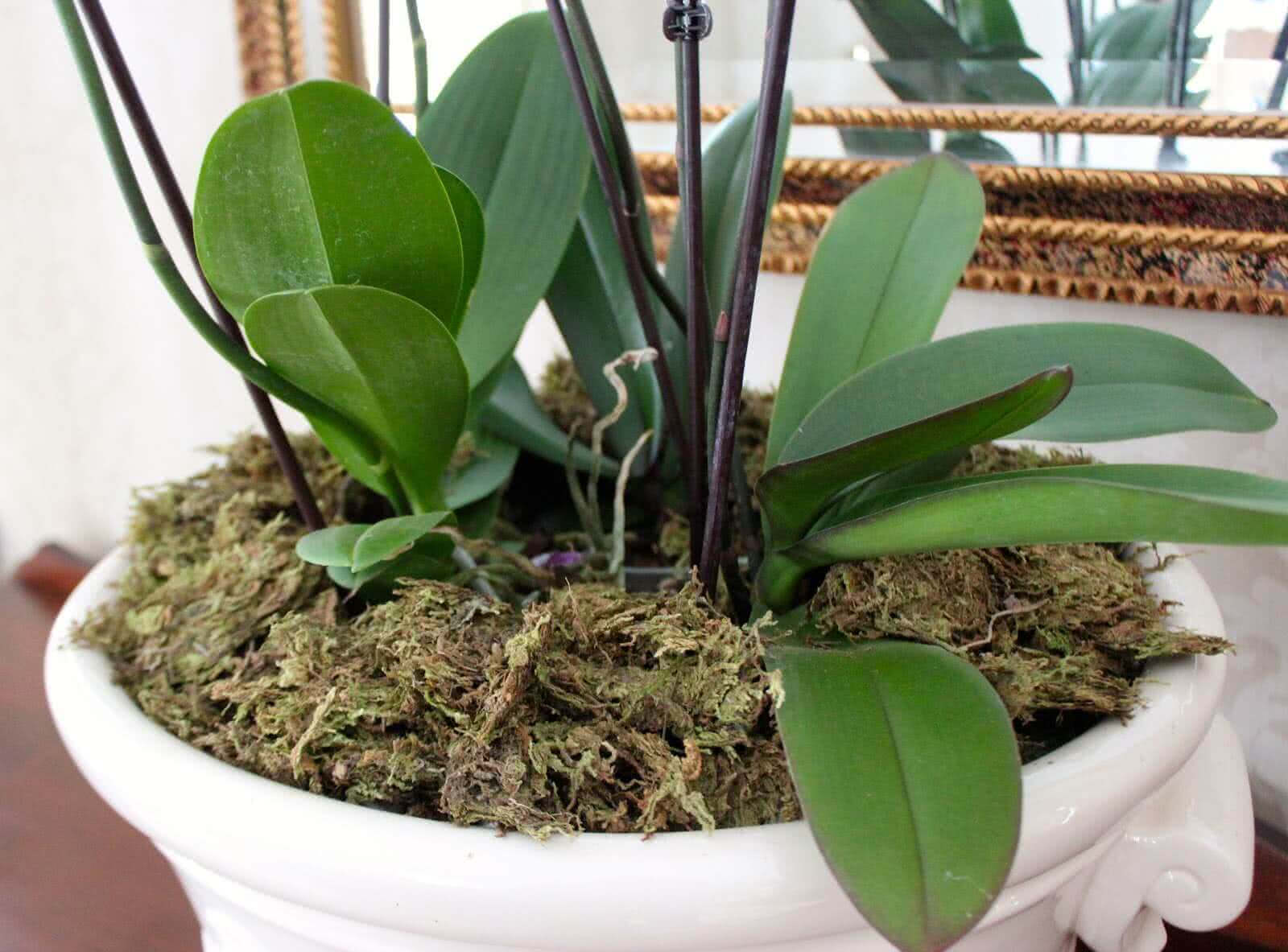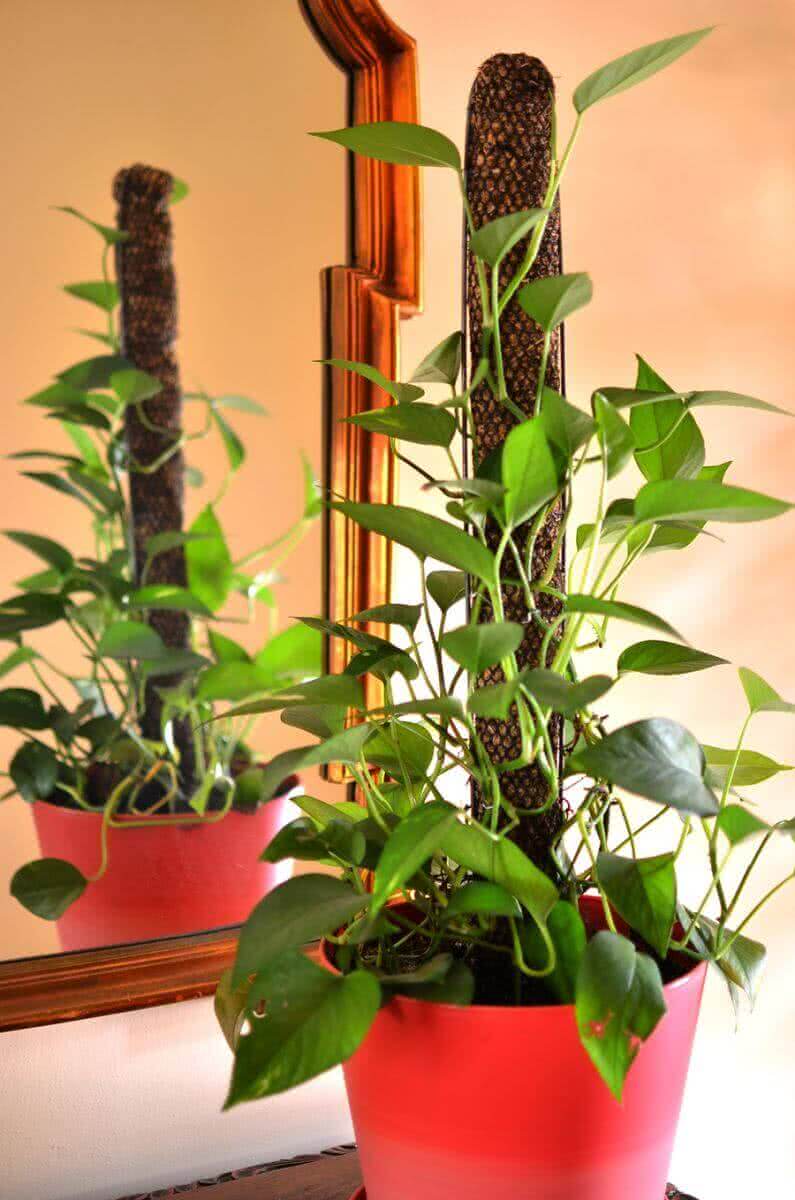• What is Peat Moss?
The peat moss belongs to the genus Sphagnum with hundreds of known species. This Sphagnum moss is a temperate non flowering plant found in countries of northern and southern hemisphere. The dry sphagnum moss or peat moss has mass of light fibers which is extremely useful in horticulture and gardening for various purposes. Peat moss can hold around 20 times as much water as its dry weight. Both fibrous and powdered form of dry sphagnum moss are used in gardening.

• Peat Moss or Sphagnum Moss Uses
1. Moss for hanging baskets
Plants grown in hanging baskets and pots should be lightweight. Adding typical pebble and soil layers will make them heavy. Therefore instead of stones, it is a common practice to use peat moss as a bottom layer of hanging pots. It also helps hanging pots to retain moisture and such pots can be watered from bottom by capillary action.
Read more about top 10 hanging basket plants

2. Peat moss for orchids
Peat moss is an ideal growing medium for orchids. Most of the orchids are epiphytic plants that grow on decaying bark of trees and do not grow in soil. Such orchid plants grow very well at home when their roots are placed in peat moss. Sphagnum moss can provide naturalistic growing conditions to orchids by providing plenty of moisture. Similarly, peat moss is also used as medium to grow carnivorous plants.

3. Moss in terrariums
Terrariums and bottle gardening means creating miniature landscape in closed glass container. Such mini gardens require plenty of base assembly for plants to grow. Moss is an important layer in terrarium making as it acts as a buffer layer between pebbles and soil. Moss in terrarium helps the miniature plants to form roots within its meshwork. Also colored sphagnum moss is used on the top of the terrarium surface for decoration.
Read more about DIY beautiful terrariums

4. The moss sticks
The moss stick is made up of dry sphagnum moss coiled around pvc pipe. Such moss stick is placed in the middle of a big round pot. Because of moss sticks, plenty of shade loving climbers and epiphytic plants can be grown indoors as houseplants. Climbers grown in pots can grow over and completely cover the moss stick.
Read About - top 10 plants for moss sticks

5. Moss in potting mixture
Peat moss in powdered form is used as an ingredient of different types of potting mixtures. Peat moss is an excellent soil conditioner that increases overall water holding capacity of pot soil. Indoor plants, flowering plants, cacti and succulent, vegetable plants and kitchen herbs require such high quality potting media.

6. Moss in mushroom cultivation
Peat moss is a critical element for growing mushrooms. The fungal mycelium grows in compost with a layer of peat moss on top, through which the mushrooms come out, a process called casing.

7. Moss in air layering
Air layering is an important propagation method for fruiting trees and flowering shrubs. In air layering, a moss gooty is made on the branch of a plant to induce root formation. To encourage root formation in air a wounded stem is covered with wet moss. The moss provides the conditions similar to soil that stimulate root formation on stem. This way plants can be vegetatively propagated.

8. Moss as pot mulch
Moss is a very good organic mulch for pots and containers. If your houseplants are going to be unattended for long time because you are going for vacation, just put the thick layer of water imbibed sphagnum moss all over the potting soil and cover it with plastic paper. This will keep your plants hydrated for many days.















